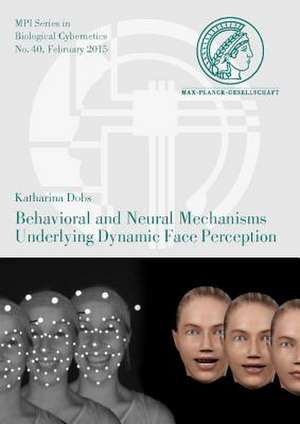Behavioral and Neural Mechanisms Underlying Dynamic Face Perception: Mpi Series in Biological Cybernetics, cartea 40
en Limba Engleză Paperback
Preț: 402.77 lei
Nou
Puncte Express: 604
Preț estimativ în valută:
77.07€ • 80.47$ • 63.64£
77.07€ • 80.47$ • 63.64£
Indisponibil temporar
Doresc să fiu notificat când acest titlu va fi disponibil:
Se trimite...
Preluare comenzi: 021 569.72.76
Specificații
ISBN-13: 9783832539108
ISBN-10: 3832539107
Pagini: 108
Editura: Logos Verlag Berlin
Seria Mpi Series in Biological Cybernetics
ISBN-10: 3832539107
Pagini: 108
Editura: Logos Verlag Berlin
Seria Mpi Series in Biological Cybernetics















